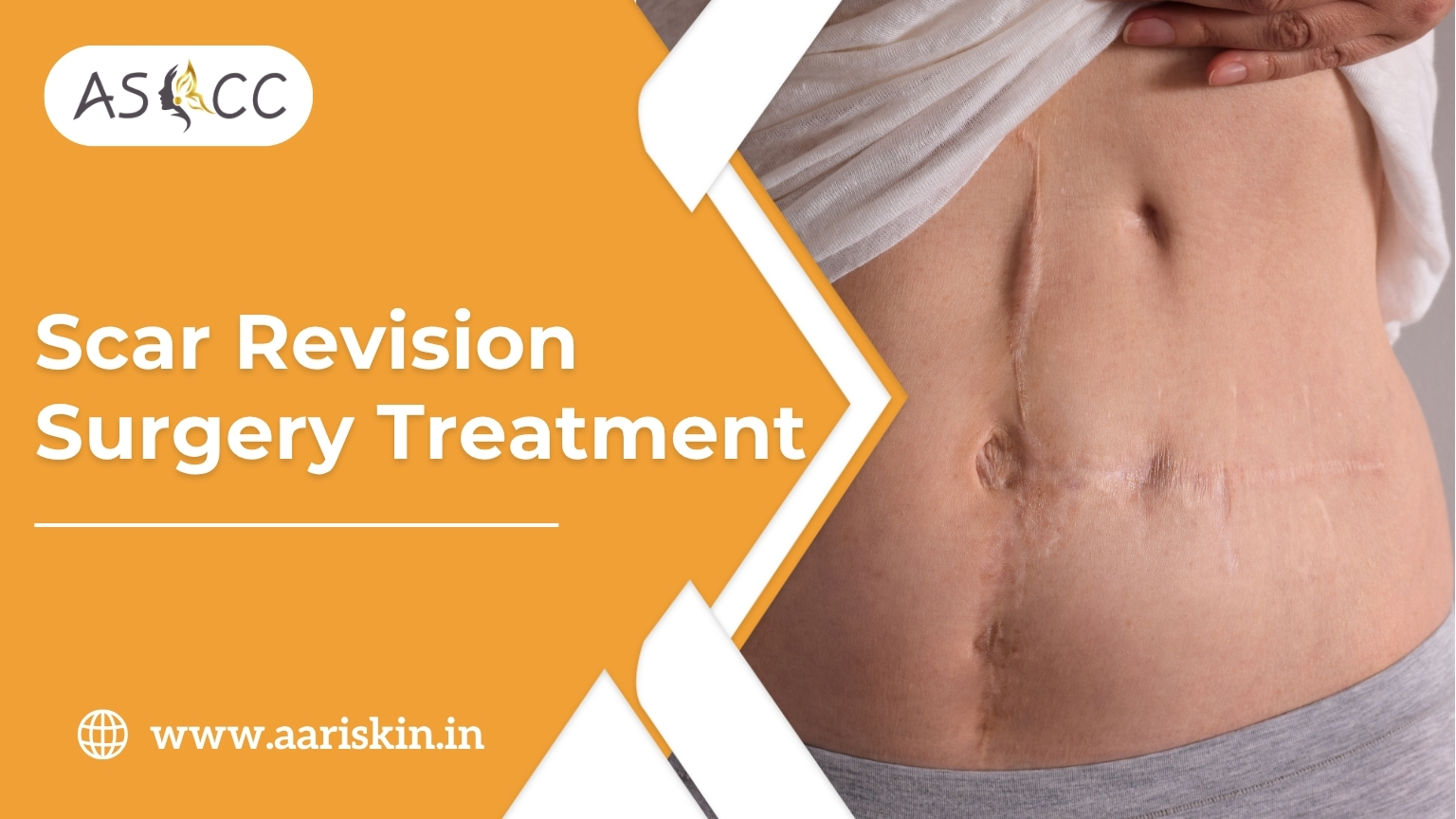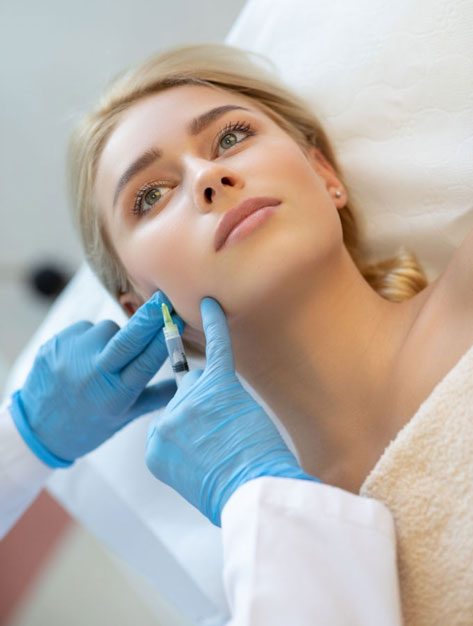What is Scar Revision Surgery?
Scar revision surgery is a cosmetic or reconstructive procedure performed to improve the appearance of a scar or restore skin function after injury, surgery, acne, or burns. While it may not completely erase the scar, it makes it less noticeable by blending it with the surrounding skin in color and texture.
This treatment is ideal for raised, depressed, stretched, discolored, or keloid scars that affect appearance or movement.
Types of Scars That Can Be Trevised:
| Scar Type | Description |
|---|---|
| Hypertrophic Scars | Raised, red scars that stay within the wound boundary |
| Keloid Scars | Thick, raised scars extending beyond wound edges |
| Contracture Scars | Often from burns, tightens skin, may limit movement |
| Atrophic Scars | Depressed scars (e.g., acne or chickenpox scars) |
| Surgical or Traumatic Scars | Irregular or stretched scars from injury or surgery |
Scar Revision Techniques:
Surgical Excision:
- The scar is removed and the skin is carefully re-stitched for minimal visibility.
- Suitable for large or wide scars.
- Z-Plasty / W-Plasty:
- Advanced techniques to reposition scars into natural skin creases or reduce tightness.
Punch Excision / Grafting:
- Used for deep pitted scars (like acne scars).
Laser Resurfacing (Fractional CO₂ / Er:YAG):
- Smoothens and reduces redness, especially for hypertrophic or atrophic scars.
Microneedling / RF Microneedling:
- Stimulates collagen to improve texture and shallow scars.
Steroid Injections (for Keloids):
- Flatten raised scars and reduce inflammation.
Dermabrasion / Chemical Peels:
- Used for surface-level scars or post-acne marks.
Treatment Details:
- Time Required: 30 mins to 1.5 hours (depends on scar type)
- Anesthesia: Local (sometimes general for large areas)
- Recovery Time: 7–14 days for surgery; quicker for lasers or minor treatments
- Follow-up: Needed for dressing, healing checks, or additional sessions
Ideal For:
- Patients with visible, bothersome, or functionally limiting scars
- Adults and children (with stable scar tissue)
- Individuals seeking cosmetic improvement or better mobility (contracture scars)
Post-Treatment Care:
- Keep the area clean and moisturized
- Use prescribed creams (antibiotic or silicone gel)
- Avoid sun exposure – use sunscreen on healing skin
- Follow dressing and stitch removal schedule as advised
Not Suitable For:
- Unstable scars (still healing)
- Active infections or untreated skin conditions near the area
- Patients with unrealistic expectations (scar improvement, not total removal)






